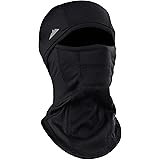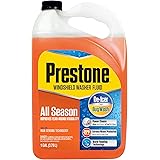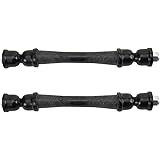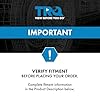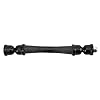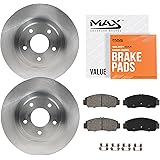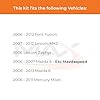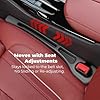Table of Contents
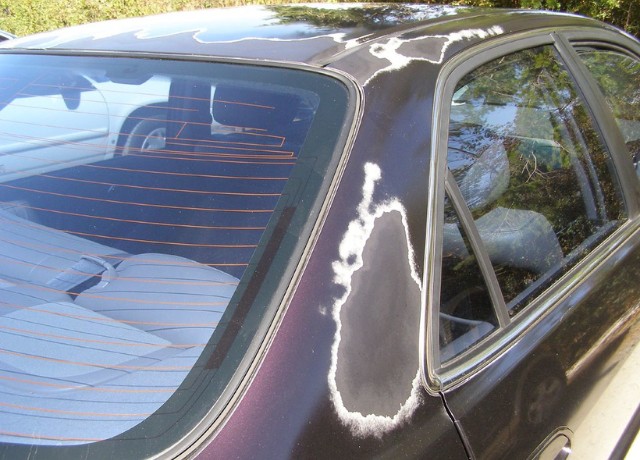
Car paint is an important part of keeping a car looking like new, but it can also be easily damaged. From extreme weather conditions to everyday bird dropping, car paint faces a lot of wear and tear. It can be hard to keep your car looking its best over time. But what eats car paint the fastest?
This article will discuss 26 substances that ruin car paint and how these elements can be avoided or treated.
How To Protect Car From Sun In Open Parking – 17 Best Ways
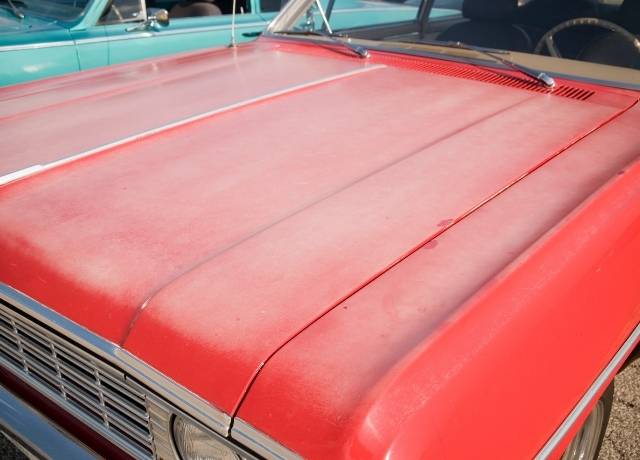
What Eats Car Paint The Fastest:
- Acid rain
- Battery acid
- Gasoline
- Tar on roads and driveways
- Hydraulic fluids (Brake fluid)
- Road salt
- Bugs
- Bird droppings
- Insecticides
- Rust
- Soda
- Vandalism
- Chemicals
- Coffee
- Snow
- Sand
- Shaving cream
- Sharp Objects
- Bleach
- Tree sap
- Salt
- Silly string
- Shoe polish
- Dirty towels
- Dust
- Ashes
Let’s get a detailed perspective:
Astounding Car Essentials For New Drivers | 2022 Guide
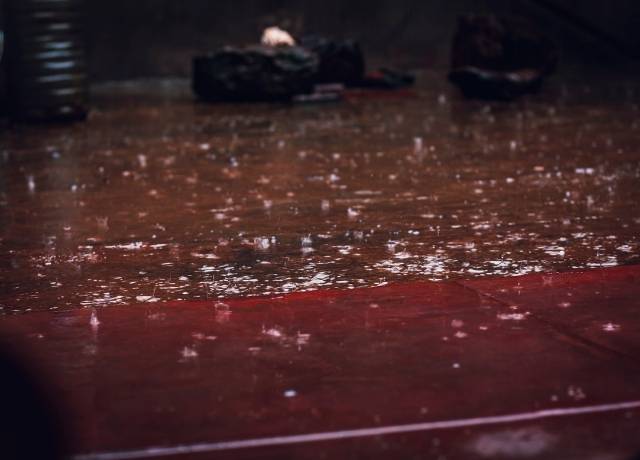
Acid rain:
The damage caused by acid rain on vehicle paint is the worst possible scenario. Sulfur dioxide gas is a common precursor to acid rain, which is discharged into the air by the combustion of fossil fuels in the form of vehicles and factories.
In the atmosphere, this gas breaks down into sulfuric acid, which then falls to the ground as acid rain, corroding and discoloring metal. Furthermore, the damage done by these water droplets to our vehicles is only the beginning.
Acid rain can be harmful to a car‘s paint, but the rusting of metal components underlying the paint could be even worse. It will eventually penetrate the paint and corrode the metal.
It causes corrosion and fixing that at a body shop will break your budget.
How To Protect Cars From Acid Rain?
Each time a car becomes wet while driving, it should be washed and dried off as soon as possible. Removing acid rain requires a dual-action polisher and a watermark remover. Please see an expert if you feel you need assistance.
To avoid acid rain’s damaging effects on a car’s paint job, park it in a garage or beneath a canopy. It will shield the vehicle from acid rain as well as the sun’s ultraviolet radiation and other environmental hazards.
Battery Acid:
The battery acid will eat away at the paint and may also eat through metal and destroy the electrical wiring, both of which are major issues. Battery acid damage to your car’s paint is one of the worst problems you could face.
Washing away the acid before it dries and causes harm is the best method to prevent this from happening. You should use soap and water to thoroughly clean the area once you have removed all visible traces.
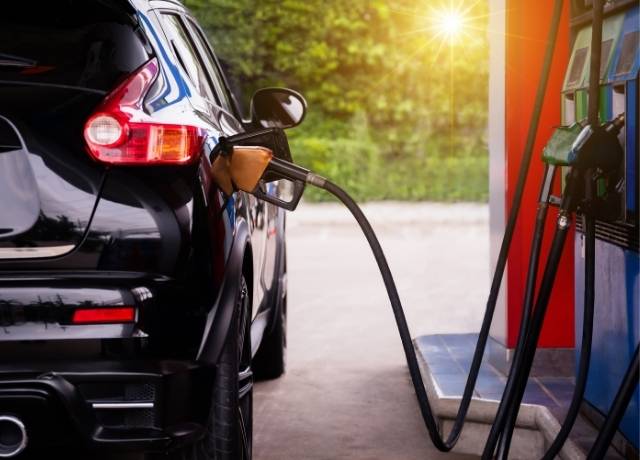
Gasoline:
People often ask can gasoline ruin car paint? The simple answer is, Yes.
Gas on car paint may dissipate, but it can cause significant damage if left ignored for a long time. The longer you wait, the more severe the problem will get.
Gasoline can dissolve the paint’s protective layer, making the car more vulnerable to rust and corrosion from minor scratches and other damage. A few simple steps can protect your car’s paint by making sure that there’s no gasoline on the car paint.
Even if only a few drops made it onto the paint, you may easily remove them by taking your vehicle to a car wash or washing it yourself at home.
Don’t forget to wax the automobile when you’re through. This will add a layer of defense that can defend against corrosive elements and other hazards.
Next time you fill the gas tank, be sure there is no gasoline on the car paint. Even tiny drops of gas on car paint can lead to paint damage.
Tar:
Tar can stick to the paint if you drive the vehicle on a newly paved road or one that hasn’t been used for a while.
Similarly, if you drive through a construction area or over some spilled gravel, you can find that you have tar on your car’s paint.
It’s not easy to get rid of this junk, but there are ways to try it. Tar can be removed by washing the affected area with soap and water, scrubbing it with a brush, and then rinsing it off.
This procedure could be time-consuming, but the end result will be the paint that looks brand new.
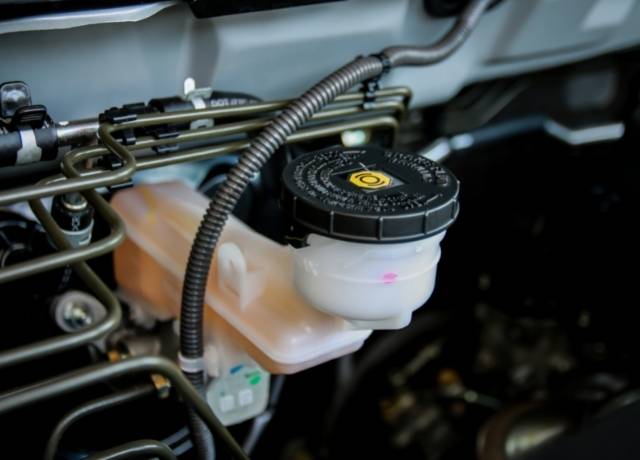
Hydraulic fluids (Brake Fluid):
Brake fluid on the car paint can lead to severe damage, however, the damage varies from fluid to fluid.
Silicon-based brake fluid on the car paint will act as a thinner eating away the paint coating. Likewise, some fluids can create a corrosive environment leading to cracks in the car paint.
As a counterpoint, there are very few fluids that won’t ruin car paint. Always exercise extreme caution if working with brake fluid in the vicinity of a moving vehicle. Do not wait to clean up the brake fluid that gets on your car’s paint.
Use a microfiber cloth to soak up the liquids. To begin cleaning the damaged region, mix some soapy water.
Road salt:
In the winter, road salt is a regular annoyance for car owners. It’s common knowledge that road salt can prevent ice and snow from forming on roads. However, it’s not necessarily the best thing to get on your car’s paint because it might deteriorate the surface if left on there for too long.
A clear coat, which is baked onto the paint and protects it from UV radiation and the environment, is standard on cars.
The salt on the roads that coats your vehicle can cause irreversible damage to your car’s exterior finish. Salt also tends to discolor and etch away at paint, which can lead to rusting and corrosion if left unchecked for too long.
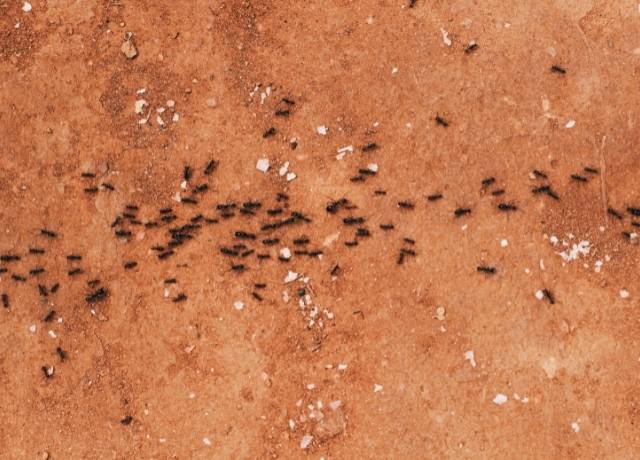
Bugs:
You might get confused at looking at bugs in the list of things that ruin car paint. Yes! Bugs are what will ruin your car paint overnight. Every time you go for a long trip and then return home, your car kills a bunch of bugs in the air. Even though this is typical, the paint of your car is slowly being eaten away by bugs.
The acidic residue left behind after a bug is smashed against a wet vehicle will erode the paint. Their bodily acid can eat away at even the most carefully applied coat of paint.
It can permanently discolor the car and destroy the paint. Furthermore, sun fading and rust can cause porous regions on an untreated surface, which is a problem for a car.
Get your vehicle washed as soon as possible to prevent the paint job from being destroyed by these harmful insects. Allow the auto-cleaning solution to sit for one minute to maximize its effectiveness.
After you’re finished, use a microfiber cloth to clean out the solutions. take sure to give the surface a good rinsing so that no residue is left behind.
Waxing is a smart next step following cleaning. The car’s paint will be doubly safeguarded, surviving future harm without a scratch.
Bird droppings:
One of the things you need to do is remove bird poop from the paint. To keep your car’s paint in excellent condition, you must do the nasty work of clearing bird droppings. Bird poop is corrosive and can corrode your car’s paint if you don’t clean it up.
Before the poop dries, it’s best to clean the area. The good news is that you can still wash them off with soap and water if they dry out. There are also a lot of products on the market that deal with this problem in a specific way.
To remove the waste, simply mix up a cleaning solution and scrub the area with a soft bristles brush. Waiting a minute will give the solution time to weaken the dropping, making removal easier. And remove with a damp cloth to clean the paint.
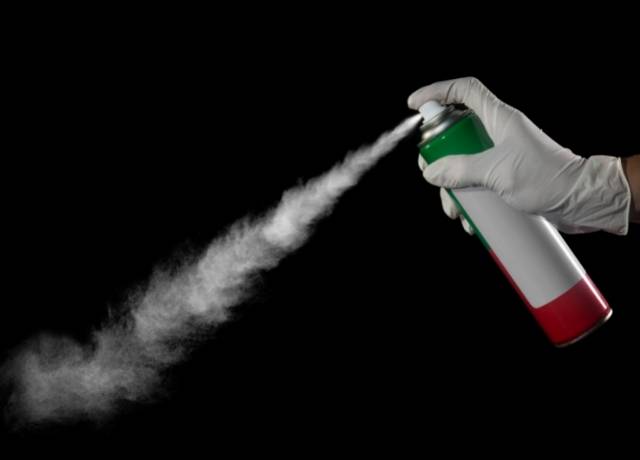
Insecticides:
The list of what liquids damage car paint isn’t complete without mentioning an insecticide that kills bugs. The insecticide may be harmful to car paint in addition to its intended purpose of killing insects. The insecticides contain toxic components that might corrode the surrounding area.
All of these factors can cause paint to become damaged, which can then lead to rust. To get rid of this issue, wash the car as soon as possible after the insecticide gets on it. In order to further safeguard it from these substances to avoid, we recommend waxing them.
Rust:
Rust is an inevitable byproduct of a metal’s weathering process, yet it may be unsightly and even harmful to automotive paint. Rust is a common problem, and the warning signals might be difficult to spot before the damage is severe.
However, there are things that may be done to lessen the blow and put off expensive repairs. Waxing or sealing the external paint of your car is one easy yet powerful deterrent.
Wax aids in forming a barrier that is impervious to rust-inducing moisture and chemicals. Similarly, a sealer can achieve this, albeit it may be more long-lasting than wax.
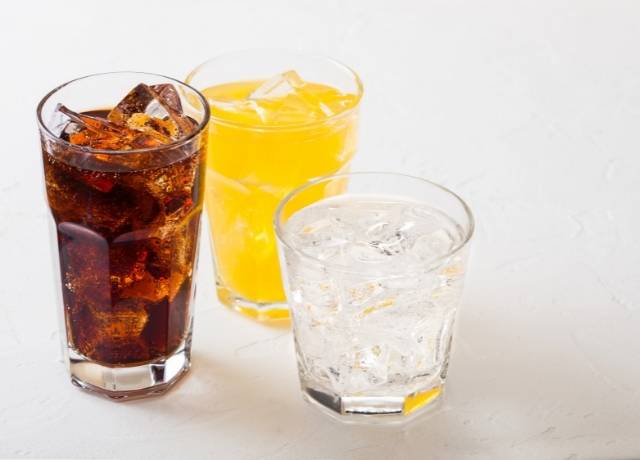
Soda:
Soda is delicious, but it’s not good for your car’s paint, and you might not know it. It doesn’t take long for the acid in sodas to eat away at your car’s paint if you don’t take precautions.
Like salt, the acid in soda can erode and discolor the paint, leading to its eventual peeling off. Soda left on automobile paint can be easily removed by giving the vehicle a quick wash with water as soon as feasible.
Vandalism:
Vandals are what will ruin car paint overnight. If your car has been vandalized or damaged in any way, you may be able to collect damages from your insurance company.
Vandals, if not stopped in time, can cause the paint to rust and corrode underneath the surface. In general, as temperatures rise, vandals’ acidity levels rise along with them. Because of the higher acidity in hotter regions, vandalism has been found to cause long-lasting harm.
Paint vandalism requires an expert inspection. He’d show you exactly what to do to have your car’s paint looking like new again.
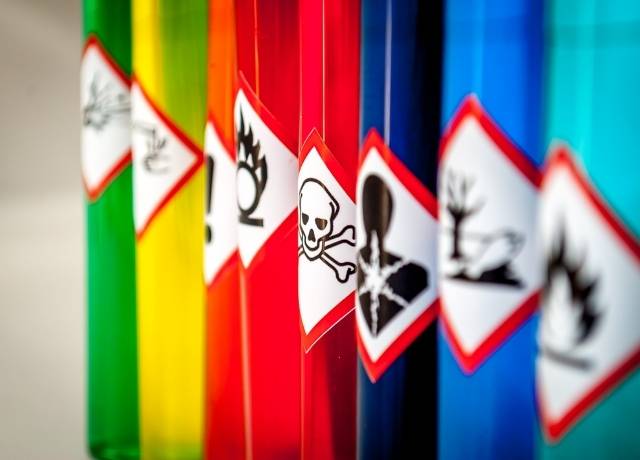
Chemicals:
Chemicals can be found in many products in your garage, that may spill all over the garage and car paint.
Chemical spills can create a difficult situation for car owners as not only do they have an unsightly mess to clean up, but the spill may also ruin car paint.
It’s possible that your car’s protective covering will be worn away by the spill’s chemicals, in which case you’ll have to have a new paint job.
Although it can be hard to tell which chemical is worse for the paint and which is better. If you discover a spill, the best course of action is to clean it up as thoroughly as possible. If you do this, you won’t have to worry about potential harm.
If a chemical spill on car paint is noticed, it is recommended to immediately wash a car before proceeding with any other actions. If you have not done so already consider applying an acrylic coating that has been proven to protect your paint from spill after spill.
Coffee:
You would be astonished to see coffee on the list of what will ruin car paint overnight. A lot of people are unaware that spilled coffee can easily cause damage to car paint! The acidity and sugar in coffee will cause the paint to corrode and dissolve.
If a coffee spill isn’t cleaned up within minutes, it can ruin the paint. Have no dread! Washing your automobile as soon as possible might help you avoid costly issues down the road.
If the coffee remains for a longer period of time, however, you will need to re-polish the surface to restore its luster. Because of this, you should never let your coffee or tea spill on the outside of your automobile.
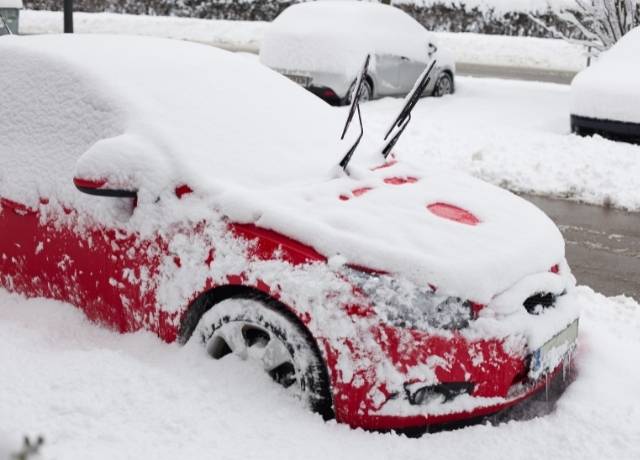
Snow:
Winter is here and the ground is starting to be covered with snow. Along with this, we can expect to see more of it on cars too. And this is what ruins car paint. Snow can do way more damage to the car paint than we think.
Snowflakes can easily adhere to your car’s paint and remain there for days. The accumulation of these flakes quickly leads to paint deterioration such as corrosion and chipping.
However, if snow does end up on your automobile, there are measures you may do to minimize the damage. Make sure no snow accumulates on your car by clearing it off with a shovel or brush to protect the paint.
Sand:
A lot of people don’t think about how damaging sand is until it’s too late; just one grain of sand rubbing against a waxed automobile can leave a scratch that can’t be removed. As with your car’s paint, these microscopic particles can get lodged and eventually cause corrosion.
You can avoid these costs, though, by keeping your automobile clean and avoiding the need for repairs. Forceful wiping can cause irreparable scratches, so make sure to rinse the car thoroughly.
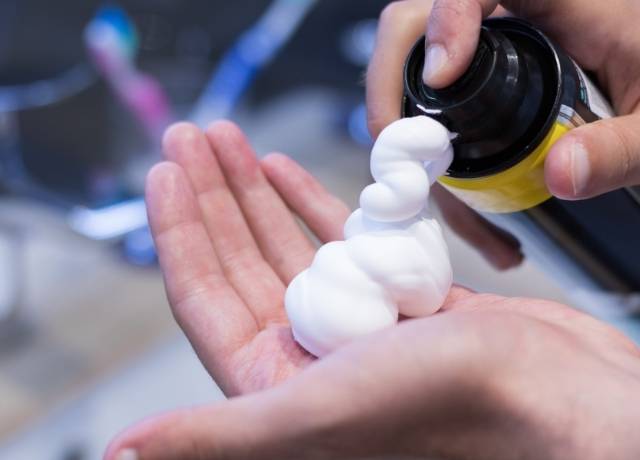
Shaving Cream:
It is not common for car owners to encounter the surprise of shaving cream on car paint. However, the shaving cream on car paint is what will ruin car paint overnight. Shaving creams are made up of a combination of acidic and alkaline compounds.
But, when these compounds come into contact with the highly polished and sensitive surface of your car’s paint job, they can cause chemical corrosion. The combination of both creates a deadly solution for your car paint.
Sharp Objects:
There are many substances to avoid that will ruin car paint, but the most common is hitting something with sharp edges. A sharp object that strikes the surface of a car’s paint can result in scratches. These scratches can range in-depth, depending on what action caused the damage.
Keys can leave long, deep scratches in the paint if they are brushed against it. And just like a rock thrown at a car will leave considerably more substantial scratches than a key, so too will a key leave much lighter dents on a car.
Scratches are more serious if they were inflicted by metal rather than plastic. A ding or scratch on your car, no matter how minor, can be unsightly and difficult to fix.
When the paint is scratched, it exposes the car body to the outer environment leading to rust. Rust is a major issue as it can cause significant damage to the car and eventually require expensive repairs.
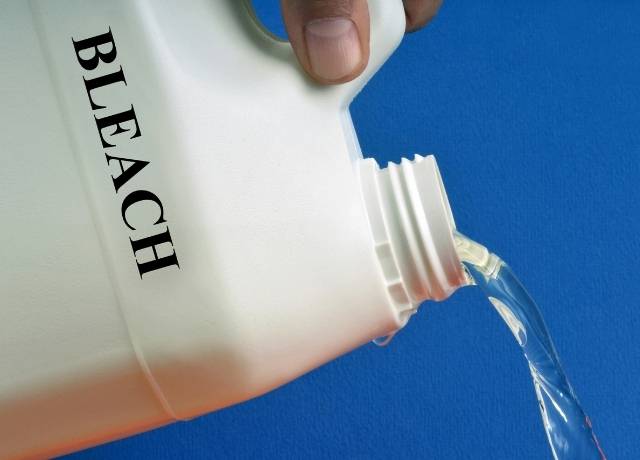
Bleach On Car Paint:
Bleach on car paint can destroy the clear coat in a couple of hours. To add insult to injury, bleach can also remove the waxes and sealants that keep your car appearing like new.
If left out in the elements for too long, the car’s paint will begin to flake and peel. The repercussions of it are easy to picture.
Be cautious to thoroughly rinse the bleach on the car paint to avoid these problems.
Tree sap:
Tree sap is one of the substances to avoid that can ruin car paint. Tree sap is a sticky substance that is released when the tree is wounded.
Sap, made up of complex carbohydrates, dries out and turns into a hard resin. Car paint isn’t the only surface that can be damaged by this substance once it dries and peels away.
If tree sap gets on your automobile and dries, it might ruin your paint. Use a clean rag or piece of paper towel as quickly as possible to wipe off any tree sap that may have landed on your vehicle. Scrub the area with some soapy water to remove the sap.
To remove dried sap, wipe the affected area with acetone or rubbing alcohol with a soft cloth. Sap will get increasingly difficult to remove the longer you wait.
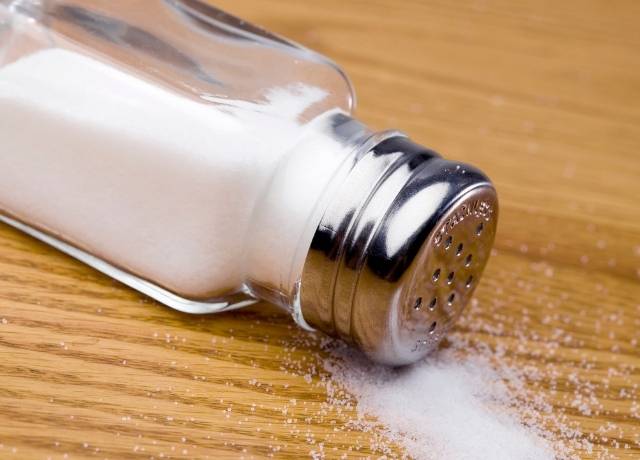
Salt:
Salt, as discussed above, can have an adverse effect on your car’s paint. Salt can be corrosive to metal surfaces, including steel and aluminum. It can cause significant damage if left on your vehicle. Salt can also lead to rusting, weakening the metal further.
Silly String On Car Paint:
It’s no secret that youngsters and teenagers have loved silly string for decades. Its fame has not faded with the years, and if anything, youngsters may be utilizing it more than ever now. But does silly string ruin car paint?
Most people think Silly String is harmless for use on car paint, but the truth is in a list of what liquids damage car paint. It sticks to surfaces like car paint and other materials all the while attracting dirt and grime while drying to a tough finish.
The best way to remove silly string on car paint is to get a quick wash at home. You can also use WD-40 to clean the strings from the paint.
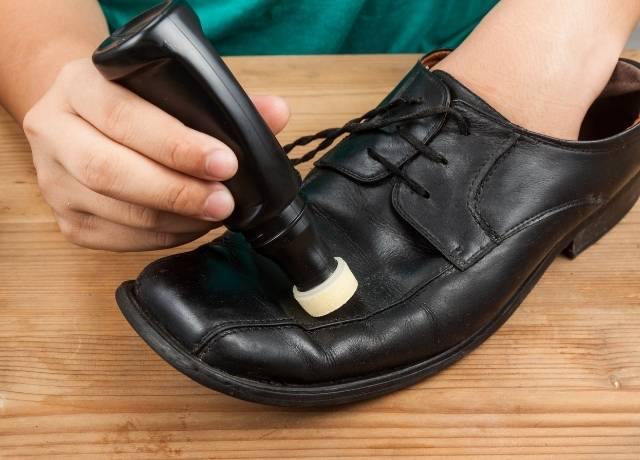
Shoe Polish:
You may find it awkward in the list of what liquids damage car paint. But yes! when used improperly on car paint, shoe polish can cause permanent damage. The polish can seep into cracks and crevices where they can create another mess.
In addition, shoe polish is difficult to remove from car paint, so it could take hours of scrubbing to get the job done.
To clean the mess, create a cleaning solution and wash the surface immediately. If the polish had stayed longer, wash your car using a clear coat cleaner.
Dirty cloth:
Most auto enthusiasts consider cleaning their cars to be a relaxing hobby. Most individuals don’t realize that if they aren’t careful, this enjoyable hobby can quickly become a source of additional stress.
Cleaning cloths, including microfiber towels and rags, gather up dust and other particles and need to be washed after use. Scratches in the paint are easy to make with unclean cloth. Which you’ll notice gradually but surely.
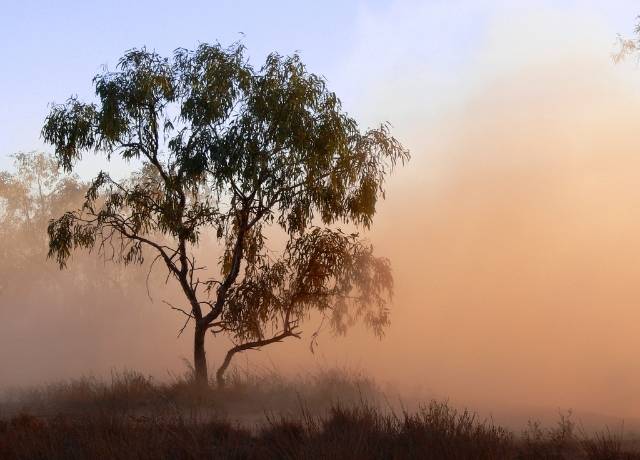
Dust:
It’s probably a good idea to clean your automobile if you’ve been driving around in a dusty area. If left unchecked, dust on a car’s paint job can cause damage and require expensive repairs.
Your car’s paint may deteriorate over time if you don’t regularly clean it from the coating of filth that dust, dirt, and debris can create. It might potentially ruin the clear coat and cause irreversible damage to car paint.
You can protect your car from this by wiping it down with water. You can even use a damp towel or rag to lightly wipe down the vehicle exterior if you’re in the mood. An automobile should also be properly rinsed after being cleaned.
Ashes:
Ash is what ruins car paint in no time. Ash has active ingredients, calcium, and potassium. The combination of both can create a corrosive environment when reacted with water and can ruin car paint.
If left untreated for a long time, it can cause corrosion to occur and leave dark grey stains over the paint. However, to clean the ash from the car paint, and seek help from a professional, you may end up creating a new mess.

Tips For The Longevity Of The Car Paint:
To keep your car paint in good condition, the following are the steps that you can take.
- Frequently clean your car. When washing a car, it’s best to use a detergent that won’t scratch the paint, and then, dry it off quickly with a microfiber towel.
- As much as feasible, try to find a spot to park the vehicle in the shade. Aside from shielding your vehicle from the sun’s rays, this will also keep it safe from other potentially damaging environmental factors.
- In spite of your best efforts, your vehicle’s paint will still be at risk if you don’t wax it at least once every four months, no matter how often you wash it. Protecting your vehicle’s paint from the environment, scratches, and UV rays by waxing it is like adding an extra layer of armor.
- It’s important to use a fresh towel when cleaning the car to avoid scratching the surface. When cleaning, use the opposite side of the towel from the one that is sitting on the floor.

FAQs:
Does Vinegar Eat Car Paint?
Even though vinegar doesn’t breakdown vehicle paint, its acidity can nevertheless pose problems for a vehicle’s finish. Avoid using vinegar on your car since it leaves behind a film that might degrade the paint.
The damage to vehicle paint caused by vinegar is sometimes compared to that caused by acid rain. Acid rain is more corrosive than regular rain, hence it can cause significant damage to automotive paint. However, vinegar has a more subtle effect on vehicle paint.
Is Acetone Harmful To Car Paint?
Acetone is a strong solvent and can damage the paint of your car. If the vehicle’s paint is not protected with a sealant, then acetone can strip the paint and cause it to peel off.
If you need to remove the acetone from the surface of your car, you should use a gentler solvent.
Does The Paint Get Damaged By WD-40?
The spray lubricant WD-40 was developed for use in industrial settings. It is frequently employed for the purpose of cleansing automobile paint of tar, sap, bird droppings, bugs, and the like. There are no harsh chemicals in it that might harm your vehicle’s paint, but it’s still better to use it carefully.
Does Coke Damage Car Paint?
Yes, coke is the culprit in deteriorating vehicle finishes. Although coke can effectively remove rust from batteries, it leaves a sticky mess on car paint if it dries there. If you spill soda on your automobile, you should wash it off as soon as possible to avoid leaving a sticky residue behind.
Does Nail Polish Remover Ruin Car Paint?
Nail polish remover is what ruins car paint if it is not used properly. It should be applied sparingly and only to the area that needs to be cleaned, and then wiped off with a dry cloth or paper towel.
Nail polish remover that is non-acetone is mild and gentle to be used on car paint.
Does Brake Fluid Destroy The Paint?
As discussed earlier, brake fluid on the car paint is what will ruin car paint overnight. But the degree of harm varies depending on the fluid. If brake fluid containing silicon is spilled over a car, it will work as a thinner and eventually eat through the paint.
Similarly, the corrosive environment created by some fluids can cause the paint of an automobile to chip.
What Liquids Ruin Car Paint Instantly?
All of the aforementioned liquids are extremely harmful to your car’s finish. It is the acidic substances, such as acid rain on automobile paint, battery acid, certain sodas, etc., that eat away at car paint the quickest.
It is advisable to keep an eye on these fatal substances and take precautionary measures to prevent damage down the road.
Is It Safe To Use a Magic Eraser On Car Paint?
Do not use a magic eraser on your vehicle’s paint. The purpose of a magic eraser is to clean the surface it is applied to by eliminating all traces of dirt or filth.
You shouldn’t use them on your vehicle’s paint or any other surface that could be damaged by the abrasive elements. The vehicle’s paint could get scratched up with the abrasive material.
Does Bleach Ruin Car Paint?
Without proper precautions, bleach can ruin car paint. It should always be diluted with water before being applied to the car’s surface; never apply it straight to the surface.
It is also crucial to properly rinse the area with clean water after applying bleach on a vehicle. Bleach can damage car paint if applied improperly or left on for too long.
Can Gas Ruin Car Paint?
Certainly, if not removed promptly, gasoline on car paint can cause permanent damage. Chemicals in gasoline can eat away at the wax on your car’s paint, leaving it dull and vulnerable to fading. If you spill gas on car paint, wipe it up as soon as possible with a little detergent and water to protect the paint.
Conclusion:
In conclusion, the above-mentioned 26 substances are what will ruin car paint overnight. The quicker you can get to these substances, the less likely they are to do significant damage. If you see that your car may have come into contact with something foreign, act fast.
In order to have a long-lasting vehicle that looks as good as new, it is recommended that you maintain the car’s paint with good-quality wax. Take precautionary measures before these substances create a new mess on your car paint.







